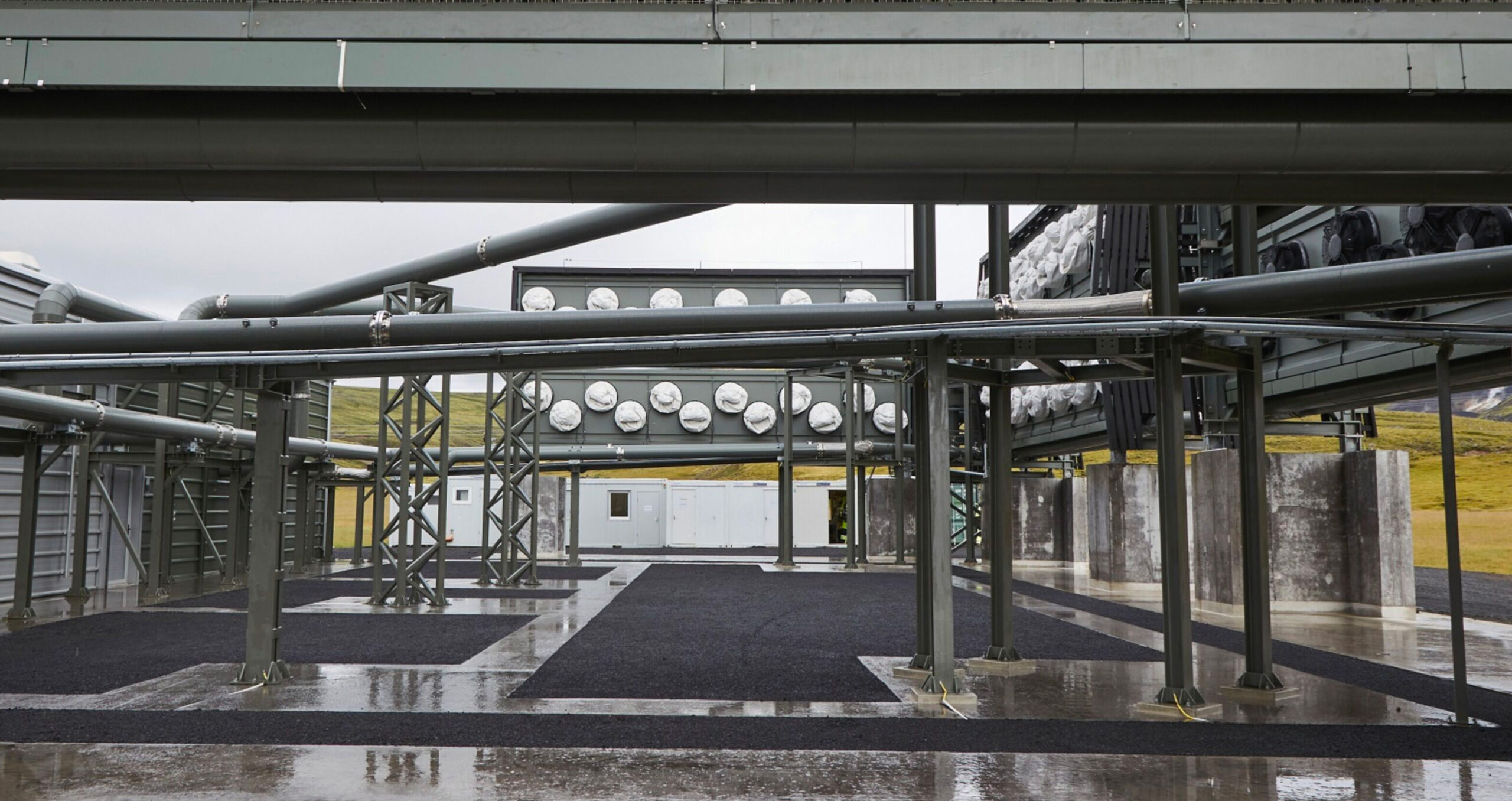
UK to subsidise carbon credits market in effort to develop removal projects

The UK government is opting for a ‘negative emissions contract for difference’ model to finance carbon removal projects as part of its net zero strategy.
The UK government is going ahead with plans to subsidise the value of emissions credits sold to fund greenhouse gas removal projects, in response to its 2022 consultation on scaling up GGR technologies.
GRR includes projects that directly extract carbon from the air and store it. The government considers their deployment vital to its net zero strategy, though critics warn they could reduce incentives to cut emissions.
The Department for Business, Energy and Industrial Strategy launched the consultation last year to assess how to speed up investment in carbon removal technologies (a process also known as negative emissions), and the government is keen to attract private capital to help the roll-out of carbon removal projects “at scale” from the late 2020s.
In 2022, it said: “It is appropriate that the cost of GGRs should ultimately be borne by hard-to-abate industries that require negative emission credits in order to compensate for their remaining emissions.”
However, it acknowledges that support is required to help the market overcome financial barriers and to encourage early investors.
The consultation observed: “Aside from the absence of physical infrastructure, the barrier most commonly cited by stakeholders is the fact that there is currently no stable price incentive for negative emissions.”
Three contract options
BEIS therefore set out three options for a contract-based model. A “negative emissions contract for difference” subsequently gained the most support from respondents to its consultation, according to the government’s response on June 26.
Under this model, the government’s subsidy will equate to the difference between a strike price that reflects a developer’s costs of producing negative emissions, and a reference price in line with the negative emissions credits’ market value.
The government said that under this structure, project developers would receive guaranteed prices for their negative emissions credits, and that the burden on the government would reduce as the market price for negative emissions increases.
“We consider a negative emissions contract for difference model to be the most effective approach to deliver our policy objectives. It would provide familiarity to investors given the use of similar frameworks in other low-carbon sectors, maximise value for money, and allow an efficient transition to a market-led framework and reduced government support over time,” it said in the response.
Ted Christie-Miller, director of carbon removal at carbon rating agency BeZero Carbon, welcomed the government’s announcement.
“The cost of engineered removals is still high. This needs to be reduced by using government schemes – such as the contracts for difference which was so pivotal in bringing down the cost of offshore wind,” he told Sustainable Views.
Concerns over VCMs
The Department for Energy Security and Net Zero, which was spun out of BEIS this year, will publish an update on the design of its GGR proposal later in 2023.
The DESNZ consultation response said it wanted to design a model that would capitalise on the UK Emissions Trading Scheme, an initiative that allows participants to trade their emissions allowances. It also wants to harness the potential of “high-integrity” voluntary carbon markets, which allow companies to buy carbon offsets. These are not regulated, however, and have attracted some controversy.
For instance, in March, carbon credits certifier Verra said it would end its current rainforest offsets scheme by mid-2025 after an investigation by the Guardian, Die Zeit and SourceMaterial. They analysed “a significant proportion of Verra projects” and claimed that 90 per cent of rainforest credits do not amount to actual carbon reductions.
According to DESNZ: “Many industry respondents also believed that voluntary carbon markets could play a valuable role in the near term as an immediate route to market, though concerns around quality and integrity were raised. There was broad support for government intervention to drive voluntary demand for removals by instilling confidence and credibility in the market, with a particular focus on standards.”
The government said it would “design the GGR business model in a way that can maximise the potential benefits of voluntary carbon markets, alongside potential integration with the UK ETS”.
Later this year it will publish a response to a separate consultation launched in 2022, which examined the potential role of the UK ETS as a long-term market for GGR technologies.
Similar Articles

In Brief: US EPA issues final methane emissions reporting rule; Australia publishes ‘Future gas strategy’

Expanding UK ETS to cover heating and road transport fuels could cut domestic emissions by a quarter


